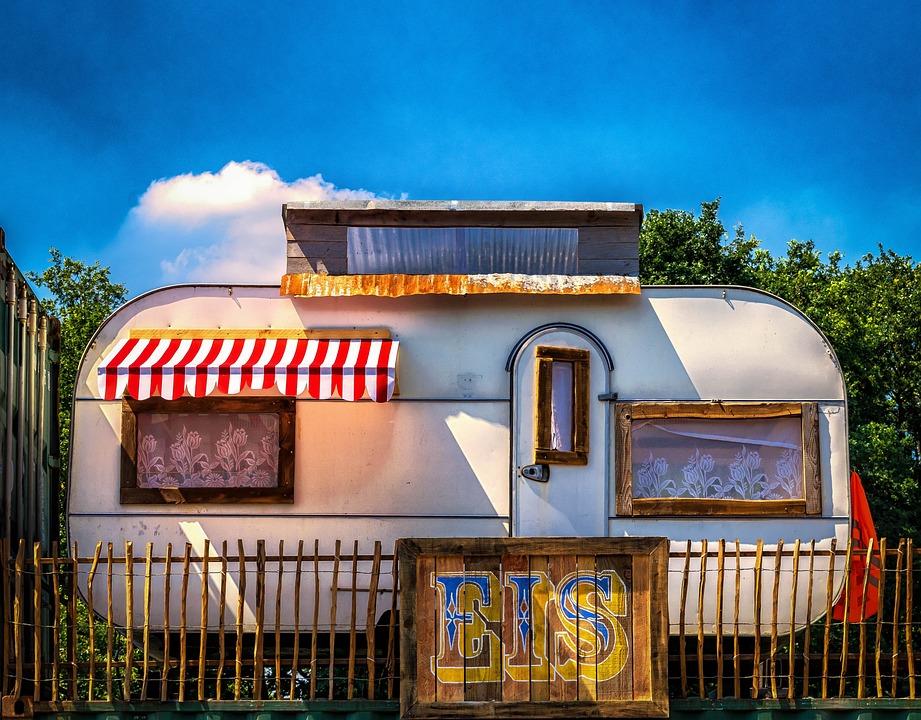Table of Contents
Introduction
There is something magical about spending a night under the stars, with nothing between you and the vast expanse of the great outdoors.
Cowboy camping, also known as backpacker camping or roughing it, offers a unique and immersive experience for outdoor enthusiasts.
By forgoing traditional tents and sleeping directly under the stars, you can connect with nature in a whole new way.
In this article, we will explore the beauty and simplicity of cowboy camping, providing tips and insights for a successful adventure.
The Appeal of Cowboy Camping
Freedom and Flexibility: Cowboy camping allows you to camp almost anywhere without needing specific designated campsites or the hassle of setting up tents.
You can choose your own picturesque location, whether it’s a remote mountaintop or a peaceful meadow.
Unobstructed Views: Without the confinement of a tent, you can fully immerse yourself in the beauty of your surroundings.
Gazing at the stars, waking up to a breathtaking sunrise, or simply enjoying the tranquility of nature becomes a vivid and unforgettable experience.
Lightweight and Minimalist: Cowboy camping minimizes gear and weight.
With a sleeping bag, groundsheet, and perhaps a sleeping pad, you can greatly reduce the load on your backpack, making it easier to traverse rugged terrains and cover longer distances.
Essential Gear for Cowboy Camping
Sleeping Bag: Choose a lightweight and compressible sleeping bag suitable for the expected weather conditions.
Look for one with a good temperature rating and packability.
Groundsheet: A groundsheet acts as a protective barrier between you and the ground, preventing moisture from seeping into your sleeping bag.
A lightweight and waterproof groundsheet is a must-have item.
Sleeping Pad: While not essential, a sleeping pad can provide insulation from the cold ground and add some cushioning for a more comfortable sleep.
Opt for lightweight pads designed for backpacking.
Bug Protection: Consider bringing mosquito nets or bug repellents to keep pesky insects at bay during your time outdoors.
Tips for a Successful Cowboy Camping Experience
Choose the Right Location: Look for a spot with a flat surface and good drainage to avoid waking up in a puddle if it rains.
Clear away any rocks, branches, or other uncomfortable objects that might disturb your sleep.
Weather Awareness: Keep an eye on the weather forecast before embarking on your cowboy camping adventure.
Be prepared for sudden changes and pack appropriate clothing and gear accordingly.
Campfire Safety: While cowboy camping often involves a campfire to keep warm and create a cozy ambiance, it is crucial to follow fire safety guidelines.
Ensure you have a safe distance between your sleeping area and the fire, and always practice proper fire extinguishing techniques.
Wildlife Precautions: Research the wildlife in the area where you plan to camp and take necessary precautions to store food securely and avoid encounters with potentially dangerous animals.
FAQs
Q1: Is cowboy camping safe?
A1: Cowboy camping is generally safe as long as you take the necessary precautions.
Be aware of the weather conditions, potential wildlife encounters, and follow safety guidelines such as proper fire management.
Q2: Do I need to bring a tent for backup?
A2: While not necessary, some people prefer to bring a lightweight emergency shelter, such as a tarp, in case of unexpected weather changes or emergencies.
Q3: What if it rains?
A3: If rain is in the forecast, it is advisable to bring a lightweight and waterproof tarp or rainfly to create a makeshift shelter.
Additionally, ensure your groundsheet and sleeping bag are water-resistant to protect against moisture.
Q4: Is cowboy camping suitable for families?
A4: Cowboy camping can be a fun adventure for families, but it requires extra planning and consideration.
Ensure you have appropriate gear and choose a safe and suitable location for your family’s comfort and safety.
Q5: How can I stay warm while cowboy camping in colder weather?
A5: To stay warm, layer your clothing, and bring a sleeping bag appropriate for lower temperatures.
Consider using a sleeping pad for extra insulation from the cold ground.




